An Ugly New Marketing Strategy Is Driving Me Nuts (and You Too)
That's its purpose
The rules of marketing never change. That’s what they told me in business school.
If you could peer inside the meetings at head office, you would see a never-ending loop of Glengarry Glen Ross.
Always be closing. Those are the A-B-Cs of business.
But that’s not true anymore.
In recent days, a new marketing strategy has emerged. I’ve never seen it before. And I wish it would go away. You probably do too.
If you want to support my work, the best way is by taking out a paid subscription (just $6).
It’s a new way of advertising. It’s a new way of marketing. It’s a new motivational tool.
It didn’t exist when I studied marketing back at Stanford GSB. I had the best marketing teachers in the world, but they never dreamed of doing this to customers.
Here’s the new marketing playbook of 2025:
Do NOT try to close.
Do NOT try to sell.
Do NOT try to persuade.
Don’t even listen.
The goal now is merely to ANNOY. The big companies do it on purpose.
Big streaming platforms are the experts at this new marketing tool. They want you to pay for a premium, ad-free subscription. The more annoying the commercials, the more likely you are to pay.
You will pay just to get rid of the ad.
In this topsy-turvy world, the more painful the ad, the better it works. The digital platforms have studied this—YouTube has tested using up to ten unskippable ads on users.
That’s not marketing—it’s water-boarding. But they need to test these techniques. Their business model is built on optimizing the level of annoyance.
And guess what? Even paying for premium doesn’t guarantee escape from ads. Welcome to the new digital platforms—which increasingly resemble prisons.
If Foucault were alive today, he would write a sequel to Discipline and Punish, but set in Silicon Valley. They might even hire him as a consultant at Google.
But Foucault would be in high demand. Because other digital platforms are embracing the same strategy.
Just consider the recent price increases at Netflix:
Standard monthly membership (without ads) got raised from $15.49 to $17.99
A standard account with ads increased from $6.99 to $7.99.
The premium tier jumped from $22.99 to $24.99.
A commentator at Inc. offered a harsh verdict—insisting that Netflix is not worth $25 per month:
Does anyone believe that it is raising prices so it can “improve Netflix?” What does that even mean, because it doesn’t seem to mean “spend money to make better programming.”…
The thing is, Netflix isn’t really even trying to make the argument that it’s worth $25.
The deeper truth is that you aren’t paying $25 because Netflix’s premium service is getting better. You’re paying extra just to avoid the rising levels of annoyance—and the digital overlords know it.
You should notice that they are raising the premium subscription more than the entry level price. They are flexing, my friends. They know those ads are insufferable, and are going to make it harder for you to avoid them.
When the CEO of Netflix does his Glengarry Glen Ross routine, the new mantra is A-B-A:
ALWAYS
BE
ANNOYING
We once lived in an industrial economy—built on industry. Then we shifted to a consumer economy—built on consumption. And more recently we lived in a service economy—built on service.
But we now are entering the age of the Annoyance Economy. And it is the inevitable result of corporations battling for your attention.
They monetize your eyeballs—measured in clicks and microseconds—and they will do anything to hold on to them. This increasingly involves annoying, intrusive actions that no business would have dared to implement in a consumer-oriented economy.
How Do They Get Away with This?
They can annoy you, because they have deliberately made their devices and apps as addictive as possible.
Tiktok studied this, and learned how to turn teenagers into screen addicts in just 35 minutes. They pace the videos to give the kids a jolt of dopamine every few seconds. The users keep scrolling and the platform inserts ads at regular intervals.
It’s like a casino, and you are the slot machine.
They know that the ads are annoying. But addiction holds users captive.
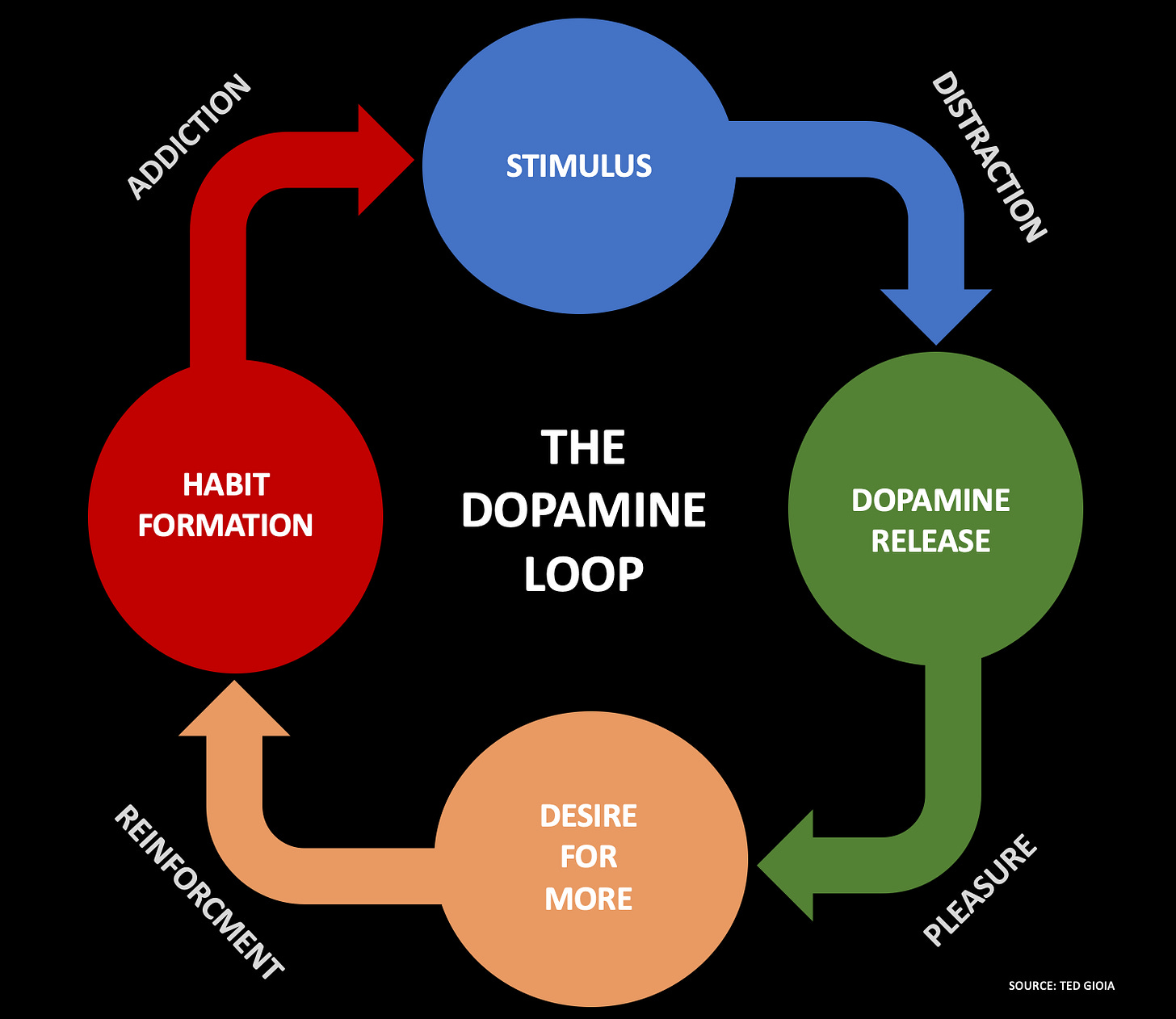
TikTok was the pioneer of the endless scroll. But within a few months, all of the other social media platforms imitated them. This was the moment when the Annoyance Economy really took off.
The big digital platforms don’t fear you. They often give away their services for free, and make money from the advertiser. You aren’t a customer, and never have been. So anything they can do to grab your attention (for monetization) is fair game.
And now every business is operating on an annoyance model.
Every company I deal with online puts me on their email list—and barrages me with pitches. Sometimes I make a single purchase, and this (they believe) grants them permission to send me a marketing pitch every day for the rest of my life.
Every web service I use asks me to download their app—and keeps asking even after I’ve refused hundreds of times.
If I refuse the app, they still insist that I set up an account and login just to access the most basic information. They always demand my email address (see the first bullet point above).
Even buying things at a physical bricks-and-mortar store brings no relief. Retailers increasingly want me to type information on a screen at the checkout counter. And they always ask me to join their loyalty club—which really ought to be called the Annoyance Club.
The first rule of Annoyance Club is that there is no leaving Annoyance Club.
Consider the case of CVS, which has raised annoyance to an art form.
Doc Searls recently shared some examples. Their receipts alone are like a cruel prank.
But even if you go paperless, the annoyance continues.
Searls found that the app wanted him to scroll through 198 digital coupons.
Adding to the absurdity, the promotions are targeted at product categories he never purchases—for example, cosmetics. Almost every aspect of the experience feels like it is designed to maximize annoyance.
That can’t be their goal, no? But when the whole economy is built on captive eyeballs, marketeers soon raise irritation to absurd levels.
What happens if you turn off the app? I’m sorry to report that things don’t get better. The physical store is even worse.
Searls captures the experience perfectly with this photo.
What kind of fresh hell is this?
He adds:
The only people who will ever get down on all fours to read the yellow tags near the floor are the cursed employees who have to creep the length of the aisle putting them there.
Some people will push back on this. They tell me I shouldn’t complain—stores in their neighborhood keep everything behind locked doors. These suffering urbanites could only dream of crawling around on the floor at CVS.
Each of you has your own horror stories from the Annoyance Economy. Please share them in the comments.
Maybe complaining will make you feel better. But it won’t change anything.
Big companies don’t listen to customers anymore. If they did any market research or focus groups, they would learn immediately that people are fed up.
But that’s the other amazing thing about this new marketing strategy. When I was trained by the great marketing gurus, they told me to collect data constantly from users, and pay close attention to it. But in the Annoyance Economy, you ignore all that.
They annoy you. They monetize you. They track your every move. But they absolutely don’t want to hear what you think.
There’s only one thing these companies can’t ignore. That’s when people walk away completely.
A lot of people are doing that to CVS lately. Other high-riding companies—Disney, Apple, Twitter, etc.—have also paid a price for failing to read the room.
That might be the next phase of the Annoyance Economy. It might even be the inevitable phase if these companies get too annoying. That feels like it could happen any day now.



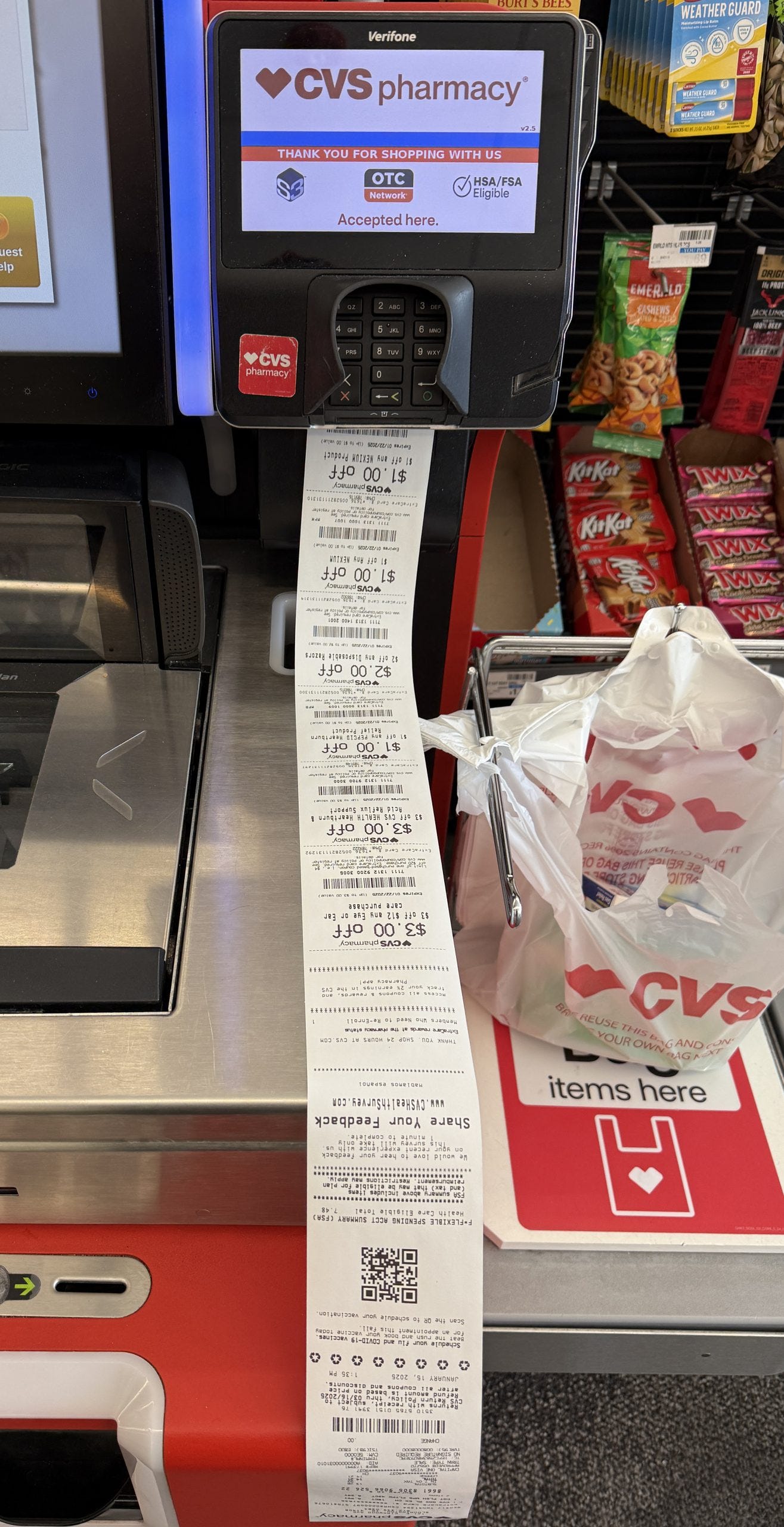
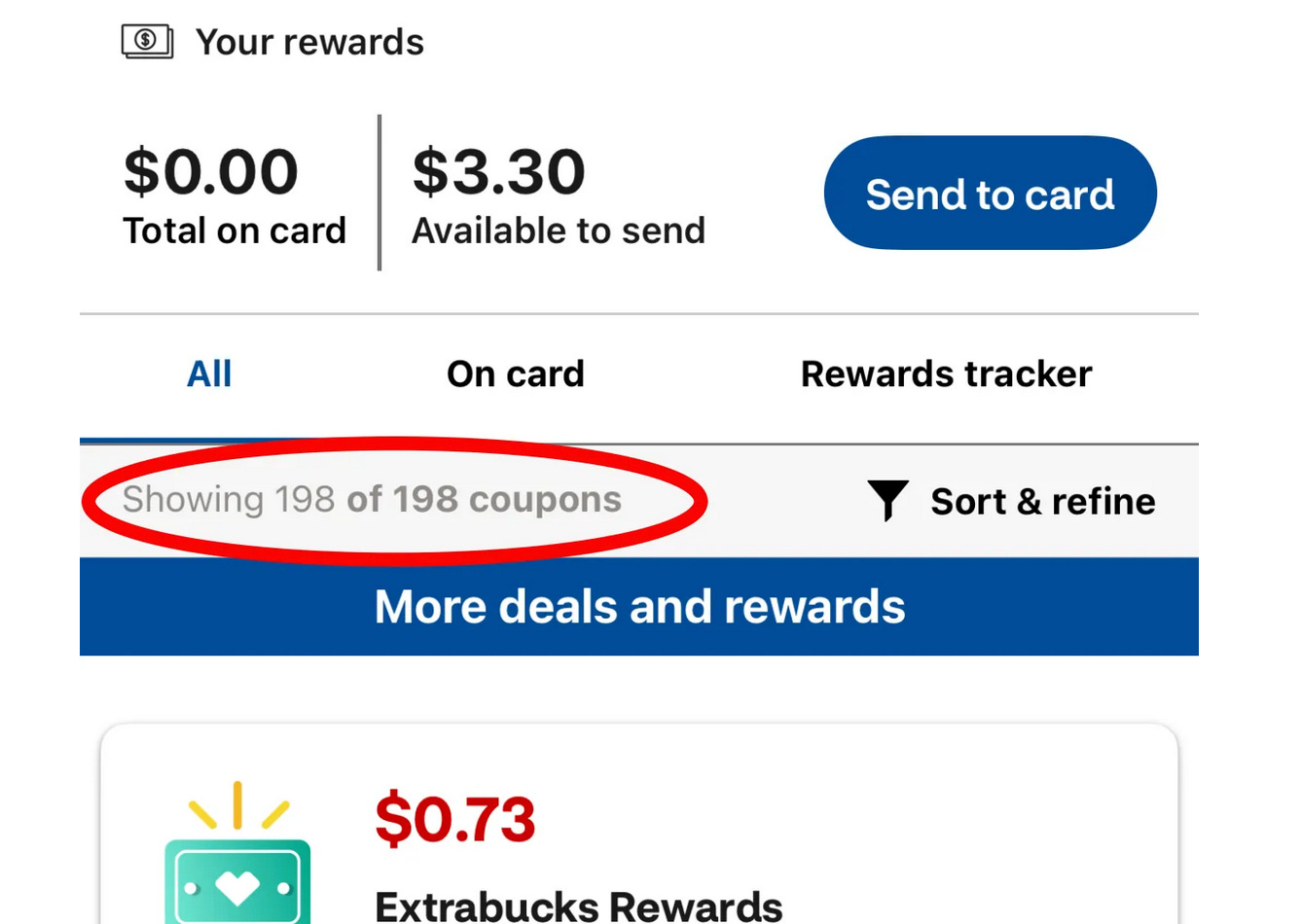
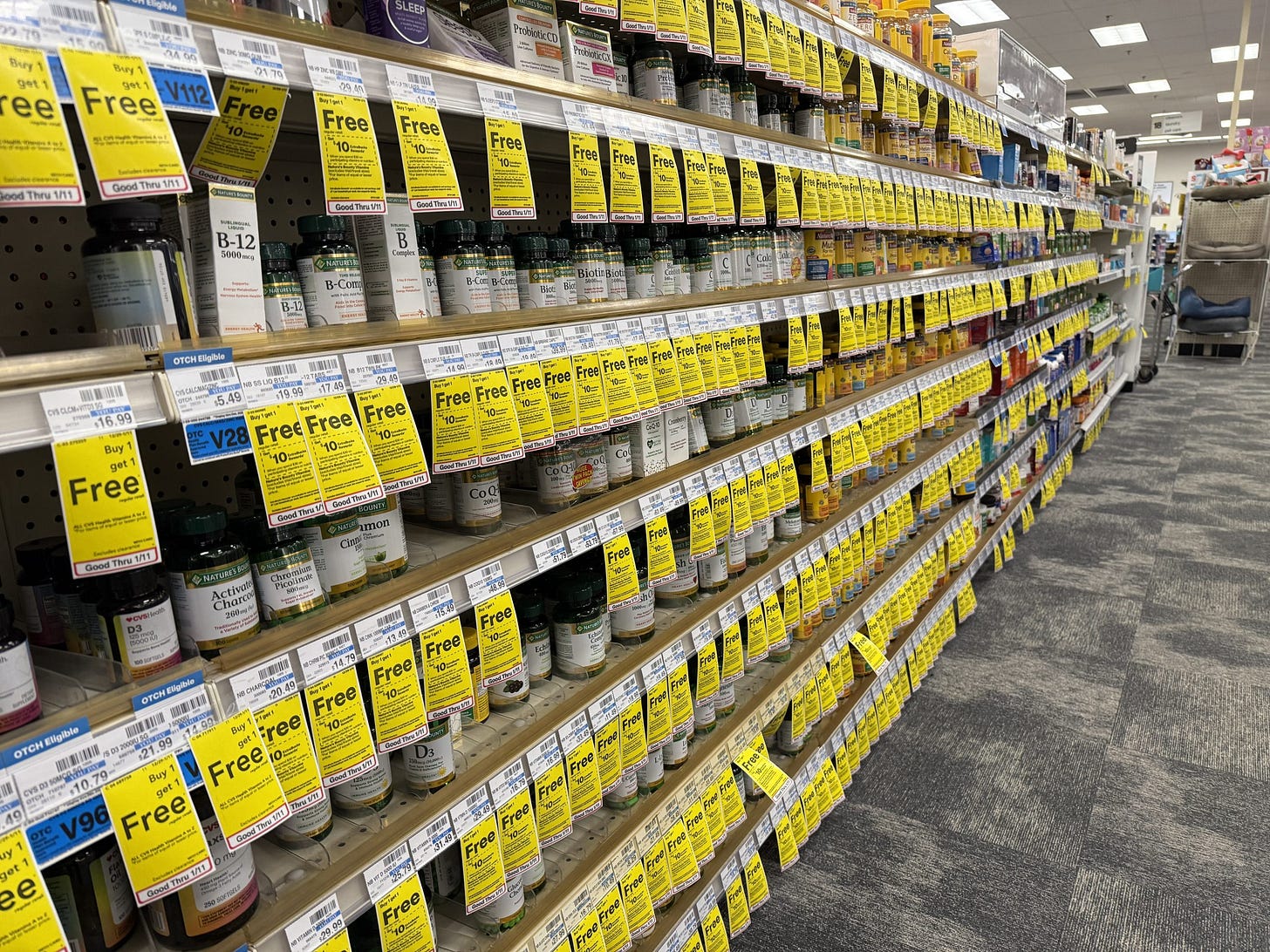
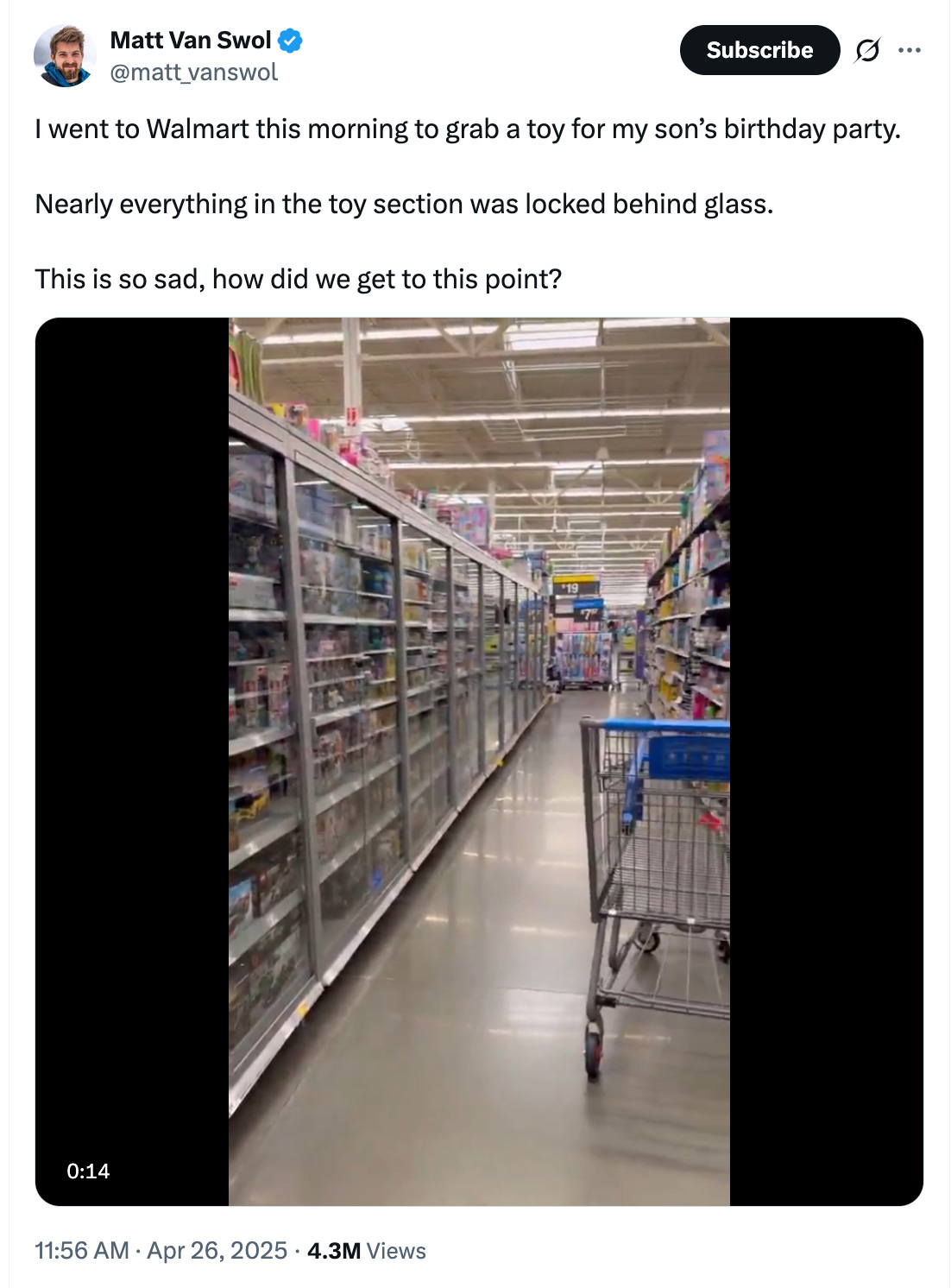
Unplug. Shut off. Turn off. Open a book. Go for a walk. Engage in conversation. Simplify.
Another to add to the list: incessant requests for feedback and reviews. My inbox inundated with requests of "only 10-15m of my time" to rate my service. You charge me for your service, why not pay me for my time to rate it?